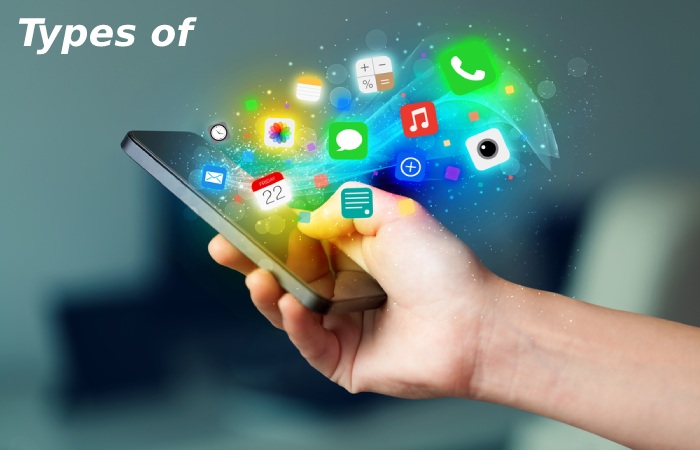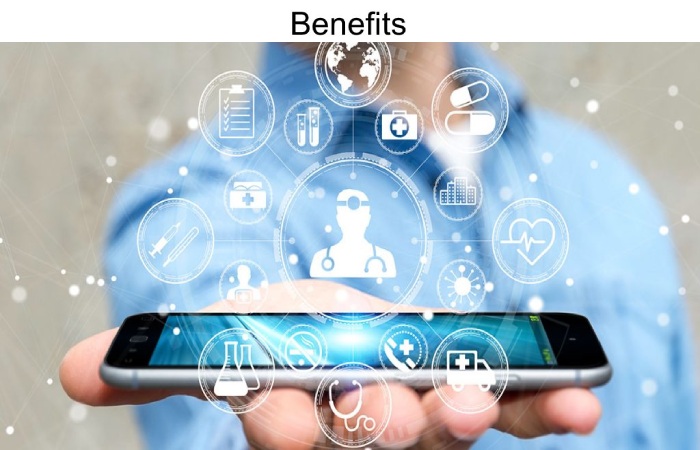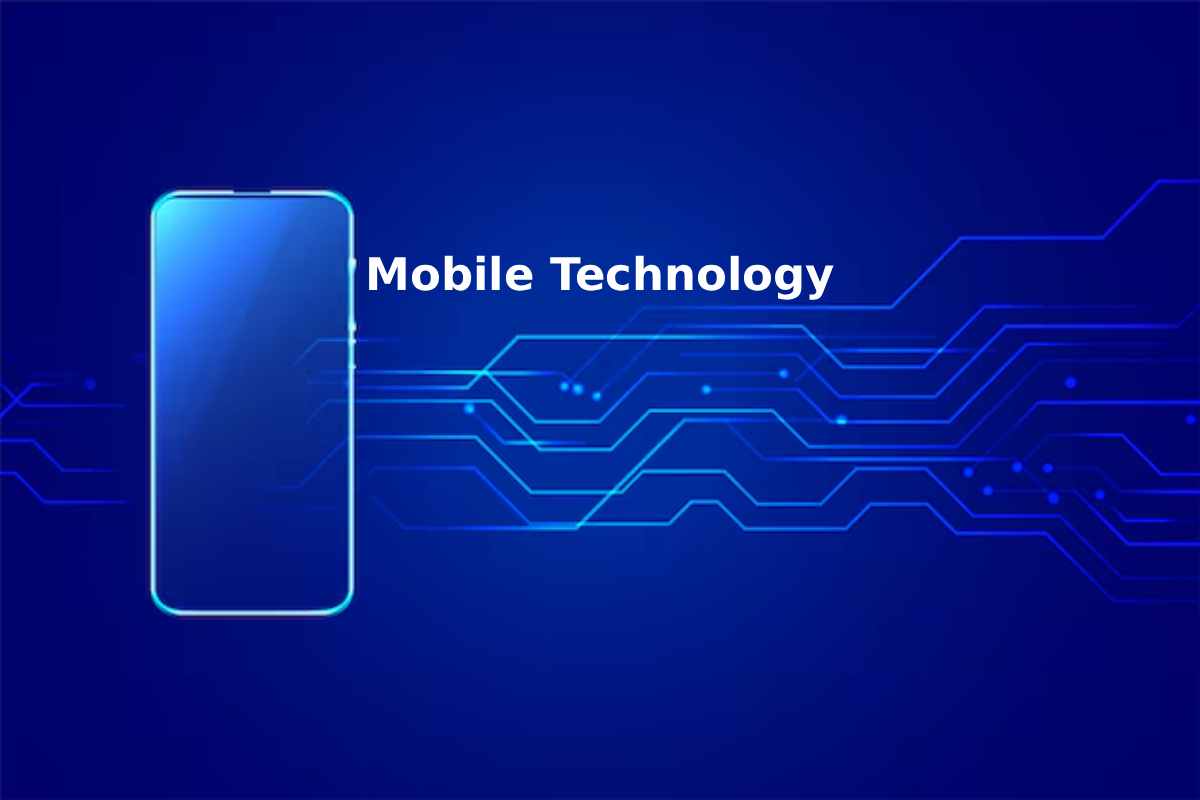What is Mobile Technology?
Mobile technology is all about gadgets and networks that let you stay connected no matter where you go. It includes two-way communication tools (like calls and texts), handheld devices (like phones), and the wireless networks that link them up.
These days, it’s mostly about internet-powered stuff like smartphones, tablets, and smartwatches. This is the newest step in a long line of tech, starting from two-way pagers, laptops, flip phones, GPS units, and more.
The wireless networks that connect these let you share voice calls, data, and apps (those mobile programs you download). Mobile tech is everywhere and exploding—the number of smartphone users worldwide has hit about 7.3 billion in 2025. Plus, the global mobile workforce (people working on the go) is around 1.68 billion this year.
Types of Mobile Technology
Cellular Networks
These are radio networks with cell towers spread out, so your phone can switch signals smoothly as you move across big areas. They handle tons of users on limited radio waves by smart switching.
4G Networks
This is the go-to for most wireless stuff today. It breaks data into “packets” for fast sending and rebuilds them at the other end. 4G is about 10 times quicker than old 3G, and 5G (the next gen) is rolling out—it’s roughly 20 times faster than 4G and uses extra frequency bands for more speed.
Wi-Fi (Wireless Fidelity)
Radio waves link your device to the internet through nearby routers (access points). It’s like mini cell towers for web access, but you have to connect manually. Most gadgets auto-switch between Wi-Fi and cellular based on what’s available or what you pick.
Bluetooth
A short-range radio tech for linking gadgets close by, like headphones to your phone or speakers to a tablet. It’s quick to pair and uses low-power waves.

Perks of Mobile Technology
Mobile tech makes business (and life) way better by:
Boosting worker speed and output.
Offering top-notch, flexible services to customers.
Letting you take payments wirelessly.
Making chats inside or outside the office a breeze.
Giving easy access to fresh apps and tools.
Upgrading your network power.
You can hook right into your office setup from anywhere. For example, on the road, you could:
Set up a new customer profile.
Pull up old customer records.
Check stock levels or availability.
Place orders online.
Cloud tech (online storage and tools) is pushing this forward, letting work be more flexible with internet access anytime.
Downsides of Mobile Technology
It’s not all awesome—here are the big catches for businesses:
High Costs
Fancy new devices and tech cost a lot upfront, plus ongoing fixes and updates.
Work Distractions
With so many gadgets and apps, it’s easy to get sidetracked and mess with your focus or plans.
Extra Training
Your team might need classes to learn the new stuff, which takes time.
Beefed-Up Security
Portable gear is a hacker magnet, especially with sensitive info. If you’re on business plans, lock it down tight to protect devices and data.

Key Features of Great Mobile Tech
Scalability
Don’t build one-off apps—they’re pricey to make and keep up. Design them to fit your whole business, industry, and setup.
Integration
Mobile apps need to link smoothly to back-end data and smarts, whether it’s on-site, in the cloud, or a mix.
Reuse
With over 299 billion mobile apps downloaded worldwide in 2025, tweak existing ones for your needs. It speeds things up and taps built-in know-how.
Cloud-Based Building
Clouds make creating, testing, and running apps easy. Use APIs (connection hooks) to link to main data, add security checks, and grab AI tools for smarter fronts.
Mobility Management
As you roll out mobile stuff, use enterprise mobility management (EMM) to set up policies, track devices, watch usage, secure data, and fix problems.
BYOD (Bring Your Own Device)
Let workers use their personal gadgets for work. Done right, it boosts happiness and saves cash—but handle security and management carefully.
Security
Threats are everywhere and tricky. AI is a hero here, scanning huge data for weirdness, spotting malware, and suggesting fixes from one dashboard.
Edge Computing
5G lets apps run closer to data sources (on edge servers). This cuts delays, frees up bandwidth, and lets businesses analyze info deeper and quicker.
Conclusion
Mobile technology means any internet gadget you can take anywhere—like smartphones, tablets, iPods, or laptops (and the list keeps growing). It’s changing how we connect, work, and play—get ready for even more cool updates!


